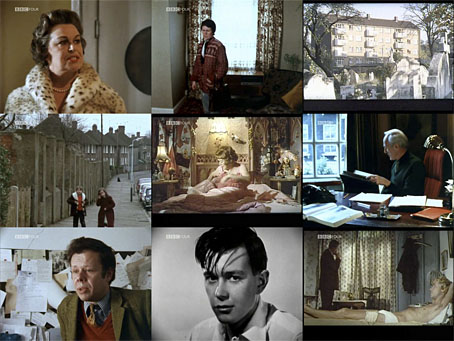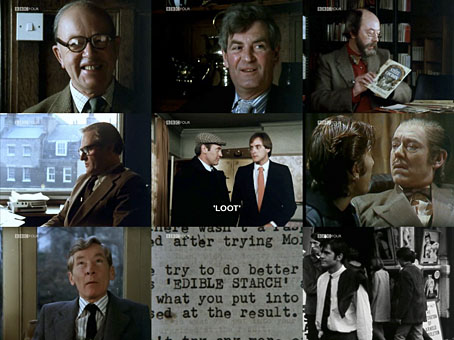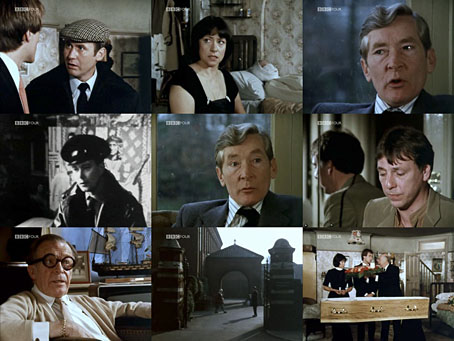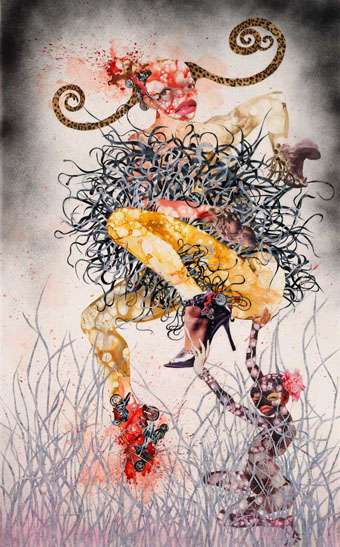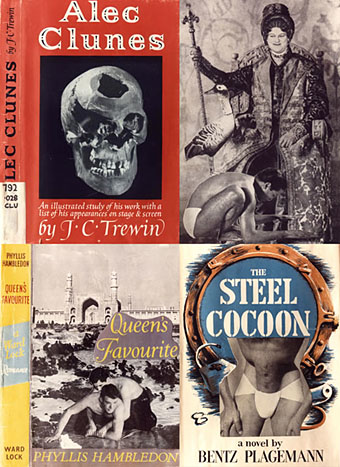Last week’s reading was the script of Joe Orton’s Loot after finding one of the first published editions of the play. Reading a play is never the same as seeing it performed, of course, but it’s still very funny, and many of its digs at police corruption haven’t dated at all. There is a film of Loot but it’s poor stuff, with Richard Attenborough miscast as the belligerent Inspector Truscott. Much better is Douglas Hickox’s film of Entertaining Mr Sloane (1970) which appeared shortly before Loot, and which is worth seeing for Beryl Reid reprising her stage role as the unfortunate Kath.
Orton’s brief career—a mere four years from complete obscurity in 1963 to his death at the hands of partner Kenneth Halliwell in 1967—is explored in A Genius Like Us: A Portrait of Joe Orton, a 70-minute BBC Arena documentary from 1982. Anyone who’s seen Prick Up Your Ears (1987)—Stephen Frears’ Orton biopic with a script by Alan Bennett—will be familiar with the train of events. Pamela Brighton and Nigel Williams’ film interviews some of the real people who appear in Prick Up Your Ears, notably surviving members of Orton’s family and Orton biographer John Lahr. In addition there’s a substantial contribution from Kenneth Williams, a close friend of Orton and Halliwell’s who was also badly miscast as Inspector Truscott in the first disastrous performances of Loot. Between the interviews there are some scenes from a lacklustre TV performance of Loot, a stage performance of What the Butler Saw, and bits of Entertaining Mr Sloane.
Previously on { feuilleton }
• Malicious Damage
• Joe Orton Online
• Joe Orton

